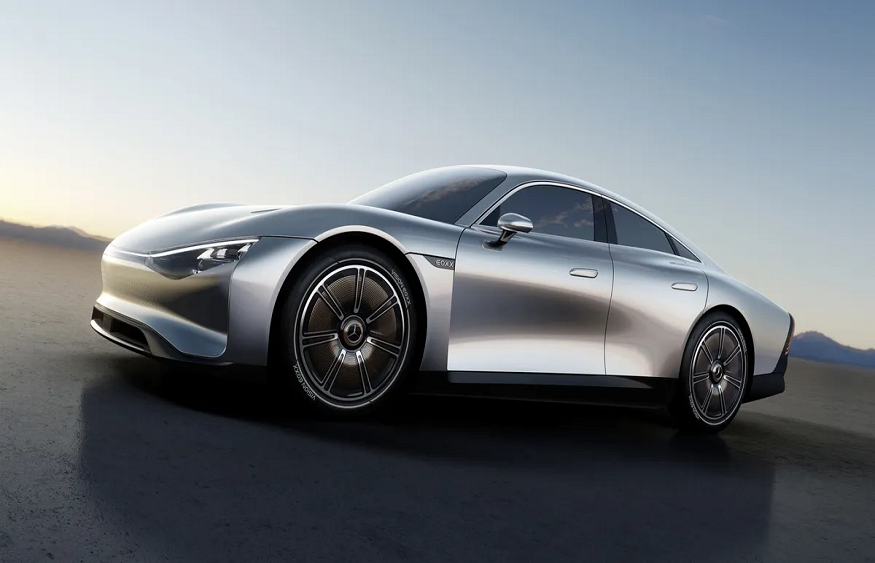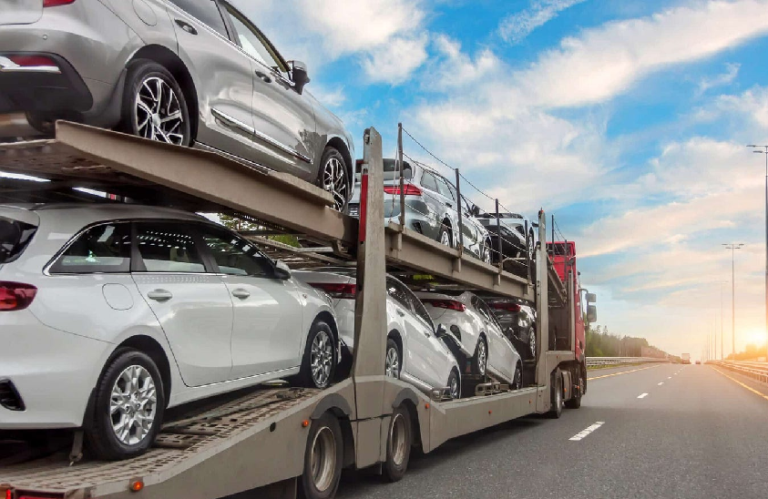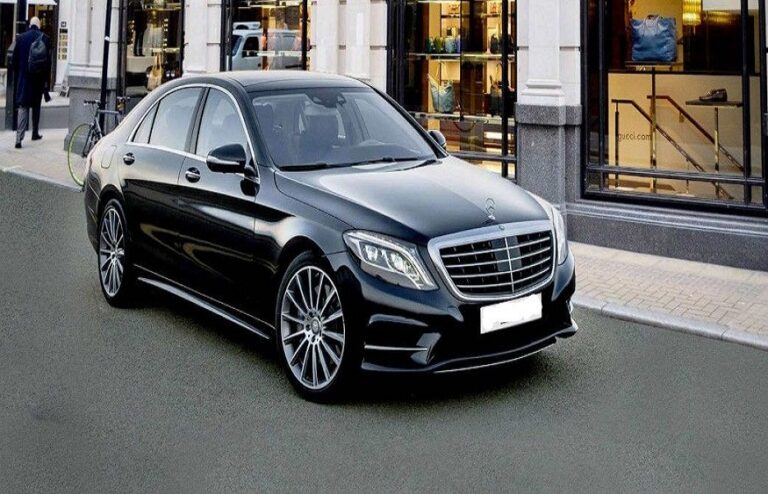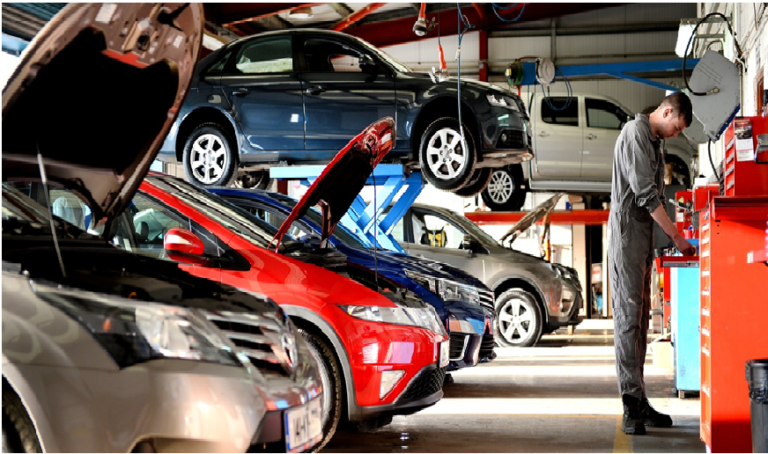Hydrogen, biofuels, electric… the alternatives to thermal cars are more and more numerous and popular. If they are still struggling to convince in France, electric cars have significant advantages.
Electric: more advantageous at the top of the range
It might seem paradoxical, but the top of the range is indeed the most advantageous sector for the electric car. First, we must take into account the technical argument . Thanks to their larger dimensions, the top-of-the-range models make it possible to carry a larger battery, and therefore of greater capacity.
The usual cost difference between electric and thermal will also be less significant at the top end. Indeed, the cost of the accumulator (approximately 40% of the value of the vehicle) will be offset by the higher margin achieved on such a model by the brand. In addition, the electric car naturally has advantages above all dedicated to luxury: the vehicles are very quiet, have advanced technologies, are ” connected” and their interior is reminiscent of that of a machine from the future. .
Exclusive equipment
Tesla is the first manufacturer to have truly bet on electric. But today, it is a segment that continues to attract more and more brands anxious not to be technologically outpaced. On the brand’s Model S , which is one of the benchmarks in the field of luxury electrics, there is, for example, electric all-wheel drive which allows the Ludicrous Performance model to fly from 0 to 100 km/h in 2.6 seconds. only. It is a performance similar to that of the prestigious Porsche 918 Spyder!
Inside, the driver finds himself immersed in an atmosphere that is both sober and luxurious. The cabin has a 17-inch driver-facing touch screen for maximum ergonomics. It manages the majority of Model S functions (opening of the panoramic roof, air conditioning, radio, etc.). The interior is quiet thanks to an acoustic treatment “worthy of a recording studio”, according to Tesla.
The Californian manufacturer has also developed an “Autopilot” mode , which marks a further step towards autonomous driving. And the system has already proven itself! In the United States, some drivers have even fallen asleep at the wheel of vehicles equipped with this system. In February 2019, Elon Musk’s Autopilot was approved in Europe (with some limits, especially in terms of duration).
As for the other brands, Porsche offers its Taycan equipped with a futuristic digital panel, which also offers good performance with a 0 to 100 km/h in 2.8 seconds. Audi has the e-tron , an SUV offering a range that does not need to be ashamed (between 300 and 400 km) and great comfort. At Mercedes, we are betting on the EQC , an electric SUV with impressive dimensions. Jaguar is not to be outdone with its I-Pace , an (other) SUV with aggressive curves.
What also differentiates electric cars from their thermal cousins is the use of a natural engine brake allowed by its engine. Very effective, it allows you to quickly slow down or even stop the vehicle while preserving the braking mechanism.
Between a thermal vehicle and an electric vehicle, the public authorities have chosen their side. Even if the level of emissions from electric cars appears to be underestimated, it is the latter that ecological policies wish to promote.
The possibility of buying a top-of-the-range car without paying the ecological penalty
The ecological malus grid (also called eco tax) was introduced in 2008, and it currently penalizes many motorists who wish to acquire high-end or so-called prestige cars. There are indeed among these models many sporty or imposing vehicles (SUV type) and which are among the most polluting.
The whole device of the ecological penalty aims precisely to dissuade drivers from turning to these cars which can generate high levels of emissions. The ecological penalty consists of paying a tax at the time of registration , depending on the level of emissions of the vehicle. For cars in the luxury segment, the ecological penalty can be particularly dissuasive, because the purchase price of the vehicle is already very expensive, and the penalty is added to it.
If this measure at the beginning only concerned cars with imposing templates, the scale is now getting tougher from year to year: the triggering of the penalty (in 2021) is from 133 grams of CO2 emitted per kilometer . With this level of emission, you have to pay 50 euros in addition to the purchase price of the new vehicle. But with each additional gram of CO2, the penalty increases: it goes from 50 euros to 30,000 euros.
This last level is reserved for the most polluting vehicles on the market, which are most often high-end cars. And this super penalty is also increasing, since in 2020 it was 20,000 euros for emissions greater than 213 g of CO2 per kilometer.
Faced with the ecological penalty, electric vehicles are winners: they are only under the triggering of the penalty, and therefore do not generate additional costs for buyers. Choosing an electric car positioned in the luxury segment therefore makes it possible to afford a high-performance and top-of-the-range vehicle without having to pay the ecological penalty.
The charging station: a less and less important constraint
For 54% of French people, the lack of charging stations is a cruel obstacle to the acquisition of an electric vehicle. However, these infrastructures are increasingly widespread . Telsa has already installed 70 superchargers on French soil while the Ionity network, which makes it possible to recharge Audi, BMW, Mercedes, Ford, Volvo, Jaguar, PSA (Peugeot, Citroën, DS Automobiles, Opel), Hyundai, Kia, but also Tesla is still being deployed (20 stations in France, 150 in Europe since October with a target of 400 by the end of 2020).













+ There are no comments
Add yours